The development of the global home appliance industry has gone through three stages: it was dominated by the United States and Europe before 1980, Japan was dominated by the year 2000, and Korea was dominated by 2015. The next step, who is the global leader in home appliances? The answer is: China. This day, it will arrive by 2023 at the latest.

Careful people may have discovered that in the past few years, Chinese people have increasingly considered foreign brands when buying home appliances. From air conditioners, color TVs, refrigerators, washing machines, range hoods, stoves, and even mobile phones, everything is becoming more and more popular. The more you focus on local brands. This is a significant change that has happened quietly.
People can not help but ask: When will Chinese household appliances dominate the global market?
Maybe not far away.
First, changes have taken place: Following the quiet withdrawal of Japanese brands from the Chinese market, Korean brands have also shown signs of decline.
Eight years ago, Japanese-owned appliances quietly began to withdraw from the Chinese market; today, we have seen less and less Japanese-owned household appliances.
Suddenly, this scene began to occur on the Korean-owned household appliance brand. The Korean home appliance brand that once was on the Chinese market is showing a slight trend in the Chinese market.
Now, the first brands people consider when purchasing color TVs may be Skyworth, Hisense, and TCL. The first brands to consider when purchasing air conditioners may be Gree, Midea, and Haier. The first brands to consider when purchasing refrigerators may be Haier and Midea. The first brands to consider in the range hood may be the boss, Fangtai, and Vantage. The first brands to consider when purchasing a mobile phone may be Huawei, Xiaomi, OPPO...
When people bought high-end electrical products eight years ago, they first made choices between Sony, Samsung, Siemens, and Daikin; but today, high-end consumer groups in China are considering local brands when they buy electrical appliances. This is a Huge and profound changes show that “Made in China†is no longer a synonym for “low-end products†in the eyes of consumers.
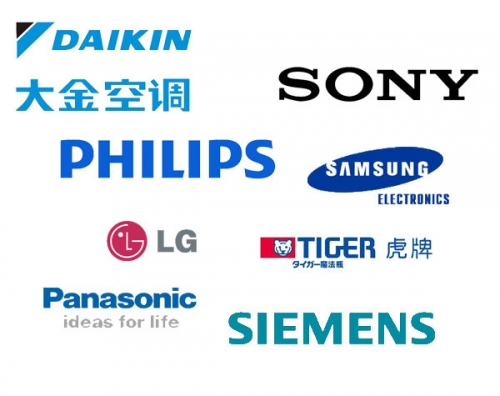
In my opinion, this is a sign that China’s home appliances are about to change and become the leading global household appliance. I am confident that in the next 3-5 years, even consumers in developed countries will consider Chinese brands and traditional mainstream brands such as Japan, South Korea, and Europe and America when they purchase electrical and consumer electronics products. In the past, they Only when buying cheap electrical products will you think of Chinese brands.
Changes have occurred quietly. This is a process that has spread from the Chinese market to the global market.
For a long time, Chinese household appliances have been self-proclaimed with "affordable prices," but the international community does not approve of this statement. They are more willing to equate "Made in China" with "cheap, low-quality products."
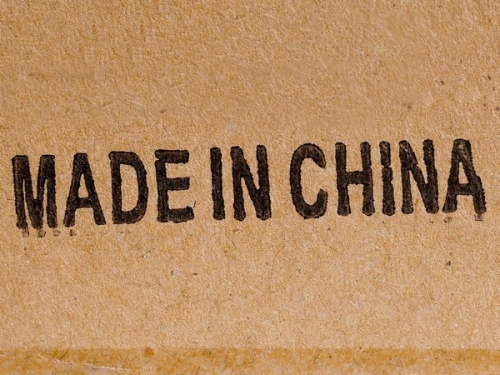
However, today, in some European markets such as Germany and Italy, Haier’s home appliance products are already in the same brand category as Siemens and Bosch, and the competition is also in the high-end market.
Even the Casa di brand owned by Haier is even considered a masterpiece of luxury appliances.
Second, the "China of the Times" of global household appliances will arrive by 2023 at the latest.
The development of global home appliances to today has roughly gone through three eras: the era dominated by Europe and the United States before 1980, the era dominated by Japan before 2000, and the era dominated by South Korea before 2015.
In the coming era of the next era, the dominant will become China.
This is an undeniable conclusion.
In fact, the process of the rise of Chinese home appliances in the world is also a process in which China has transformed from a developing country to a developed country.
I have an interesting finding: The process of the rise of a country's household appliance industry is often the process of this country's transformation from a developing country to a developed country.
What is even more interesting is that once this country becomes a developed country, the home appliance industry in this country will be surpassed by another country.
The process of Japan’s home appliance surpassing Europe and the United States to dominate home appliances is precisely the process by which Japan grows into a developed country; the process of Korean home appliances surpassing Japanese home appliances is the process by which South Korea grows into a developed country. Today, Chinese home appliances are on the eve of surpassing Korean and Japanese household appliances. This process is exactly the process that China has taken from developing countries to developed countries.
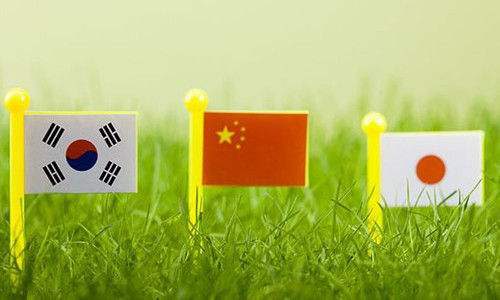
It is because of this that the home appliance industry is often referred to as "games in developing countries."
Third, to establish the global dominance of Chinese home appliances, it is necessary to start by improving the image of "Made in China."
In recent years, Chinese home appliances have made significant progress in two areas.
First, global brand power: For a long time, weak brand power is one of the two shortest household electrical appliances in China. With the continued awareness of brand awareness and the increase in product strength, Chinese home appliances are gradually emerging from “low end†and “cheapâ€. Traditional image. In this regard, the most representative company is Haier.
The latest news is that the reference news has passed the "Media Rating", "Report Quantity", "Media Attitude", and "Brand Evaluation" of 15 overseas media such as Reuters, Wall Street Journal and AFP etc. from March 2017 to March 2018. "According to several dimensions of statistics, calculate the Chinese brand overseas TOP10 ranking. Among them, Haier home potential ranks third among the most influential Chinese brands.
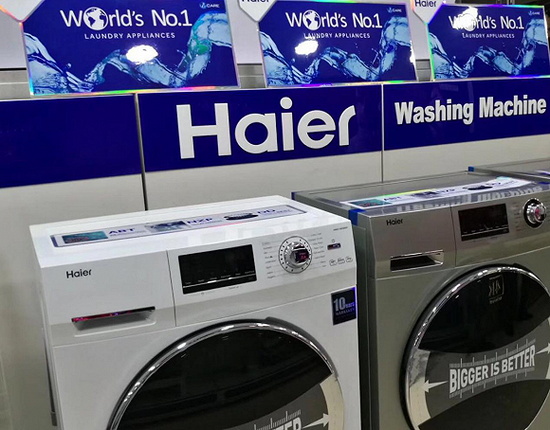
The second is product competitiveness: the improvement of product competitiveness and the unprecedented attention of Chinese home appliance companies to innovation, R&D investment is increasingly relevant. In this respect, the more representative companies are beautiful.
In 2017, Midea Group's R&D investment exceeded RMB 8.5 billion, which represents an increase of 40%+ from RMB 6 billion in 2016. It is expected to increase to RMB 10 billion in 2018. The greater the investment in R&D, the stronger the competitiveness of the company's products. Huawei is a typical example.
In fact, Huawei's success has inspired Chinese companies. Household appliance companies generally realize that if they want to establish global competitiveness, investing heavily in R&D is a threshold that will not pass.
In this regard, I particularly want to say a few words. In my opinion, the most gratifying change in the Chinese home appliance industry in recent years is not that high-end consumers have begun to purchase products from local brands, but rather far-sighted home appliance companies such as Midea, Haier and Gree, and earnestly attach importance to research and development. Willing to invest heavily in research and development. In the past, for a long period of time, Chinese home appliance companies were more willing to spend money on advertising and marketing, and today they have changed. From a global perspective, truly global leading technology companies are all companies that value R&D and innovation. They are all from Apple, Samsung, Google and Tesla.
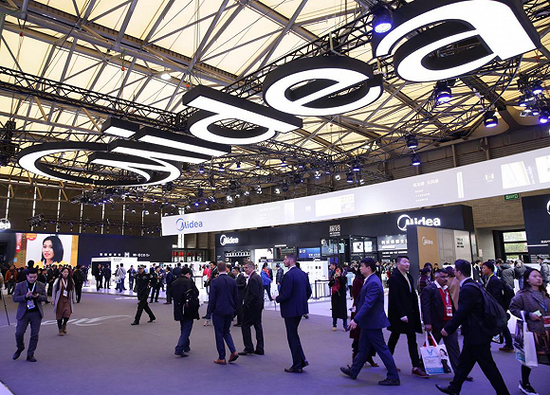
International companies generally adhere to a basic understanding that the market comes from products, products come from technology, and technologies come from research and development. The emphasis on R&D is the emphasis on products, which is a fundamental guarantee for a company to win the market.
Therefore, if someone still dreams of attracting consumers with ultra-low prices, it is already wrong from the point of departure. In the past few decades, Chinese companies have loved the price war. Have we improved our position in the global market? No. On the contrary, when we abandon the price war mentality and shift to pushing up sales, we suddenly realize that the status of Chinese home appliances has been on the rise. This is dialectics. Cheapness is not respected and high prices can win the mainstream market.
Still taking the three major brands of Chinese home appliances as examples, in recent years, the three companies have promoted a dual brand and product upgrade strategy. Not only have their profitability increased substantially, but their business revenues have also grown, and there have been no “high price impacts†that some people worry about. "Sales" occurred.
In 2017, Haier Group achieved revenue of 241.9 billion yuan, and achieved total profits and taxes of more than 30 billion yuan; Midea Group also realized revenue of 241.9 billion yuan and net profit of 17.3 billion yuan. According to Dong Mingzhu, Gree Electric Co., Ltd.'s revenue in 2017 will surge to 150 billion yuan, and net profit is expected to soar to 20 billion yuan.
The continuous improvement in revenue and profitability is the result of the continuous improvement of product strength and brand power of these companies.
For a long time, Chinese home appliance companies have consciously and unconsciously placed themselves in the position of “followers†​​of international brands; but today, they consciously or unconsciously place themselves in the “leadership†position.
This is why I dare to assert that China’s home appliances will lead the global market in the next five years.
Fourth, if one day Chinese home appliances are overtaken by countries such as India, please don't be disappointed, let alone be depressed.
When Japan’s home appliance’s dominance in the global market was replaced by South Korea around 2005, the entire Japanese society performed quite calmly, and it was not surprising at all.
In this scene, when American home appliances were surpassed by Japan in the 1980s, the United States citizens were equally similar to each other.
Today, the global dominance of Korean home appliances has been challenged by Chinese companies. We also did not see Koreans yelling.
In fact, when Korean home appliances surpass Japan, Japanese home appliance companies have begun their journey of transformation, home appliances are no longer their main business, but they have established their new advantages in new energy batteries, nuclear power, medical equipment and other fields. . For example, Panasonic has become the world's largest battery supplier for Tesla Motors.
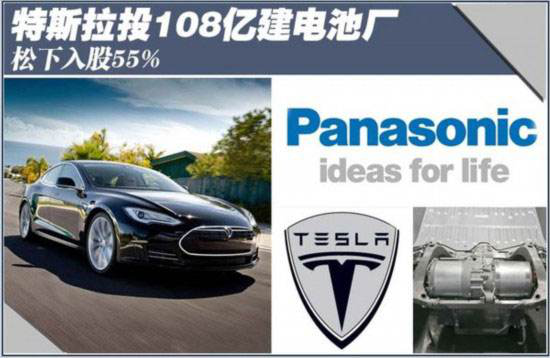
Therefore, the decline in the era of household appliances in the United States, Japan, and Korea is not entirely “technically inferior to people,†but it is a component with a great deal of active transition. They are developed countries and have little interest in playing games in developing countries.
It must be noted that although many American and Japanese companies have withdrawn from the home appliance industry, the patents for global digital technology and display technology are still in their hands. Therefore, the exit of the U.S. and Japan from the home appliance industry largely retired from manufacturing and sales rather than withdrawing from R&D and standards.
Therefore, if one day the advantage of Chinese household appliances in the world is replaced by others, we should not be surprised. On the contrary, we should be happy, which indicates that China has completely ranked among the ranks of developed countries.
Currently, the proportion of revenue from home appliances business of Midea Group and Haier Group continues to decline. Still taking the example of Midea Group, with the continuous efforts of KUKA Robotics and Ander Logistics, in 2017, Midea Group has gradually transformed itself from a pure household electrical appliance enterprise into a technology group focused on home appliances. The proportion has fallen to 86%, and will not fall further below 70% in the next three years.
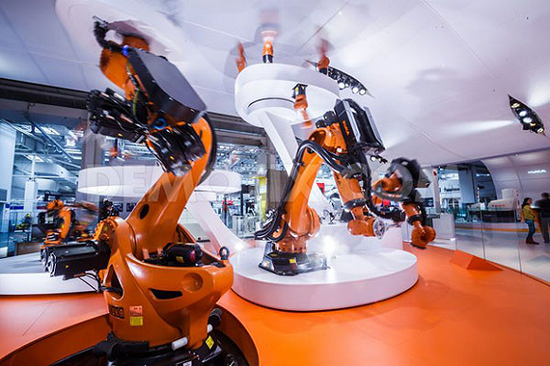
We often say that Samsung is a household appliance company. In fact, Samsung Group accounts for more than half a billion dollars in revenue, and home electronics and consumer electronics account for less than half of revenue.
Overall, China’s home appliances still have a gap with international big brands in terms of two core competitiveness factors—brand and technology. The next five years will be the time for us to make up for the shortcomings. Once the two brands of brand and technology are long enough, the era of global home appliance dominance in China will come completely.
What features you consider more when you choose an university laptop for project? Performance, portability, screen quality, rich slots with rj45, large battery, or others? There are many options on laptop for university students according application scenarios. If prefer 14inch 11th with rj45, you can take this recommended laptop for university. If like bigger screen, can take 15.6 inch 10th or 11th laptop for uni; if performance focused, jus choose 16.1 inch gtx 1650 4gb graphic laptop,etc. Of course, 15.6 inch good laptops for university students with 4th or 6th is also wonderful choice if only need for course works or entertainments.
There are many options if you do university laptop deals, just share parameters levels and price levels prefer, then will send matched details with price for you.
Other Education Laptop also available, from elementary 14 inch or 10.1 inch celeron laptop to 4gb gtx graphic laptop. You can just call us and share basic configuration interest, then right details provided immediately.
University Laptop,Laptop For University Students,University Laptop Deals,Recommended Laptop For University,Laptop For Uni
Henan Shuyi Electronics Co., Ltd. , https://www.shuyioemminipc.com